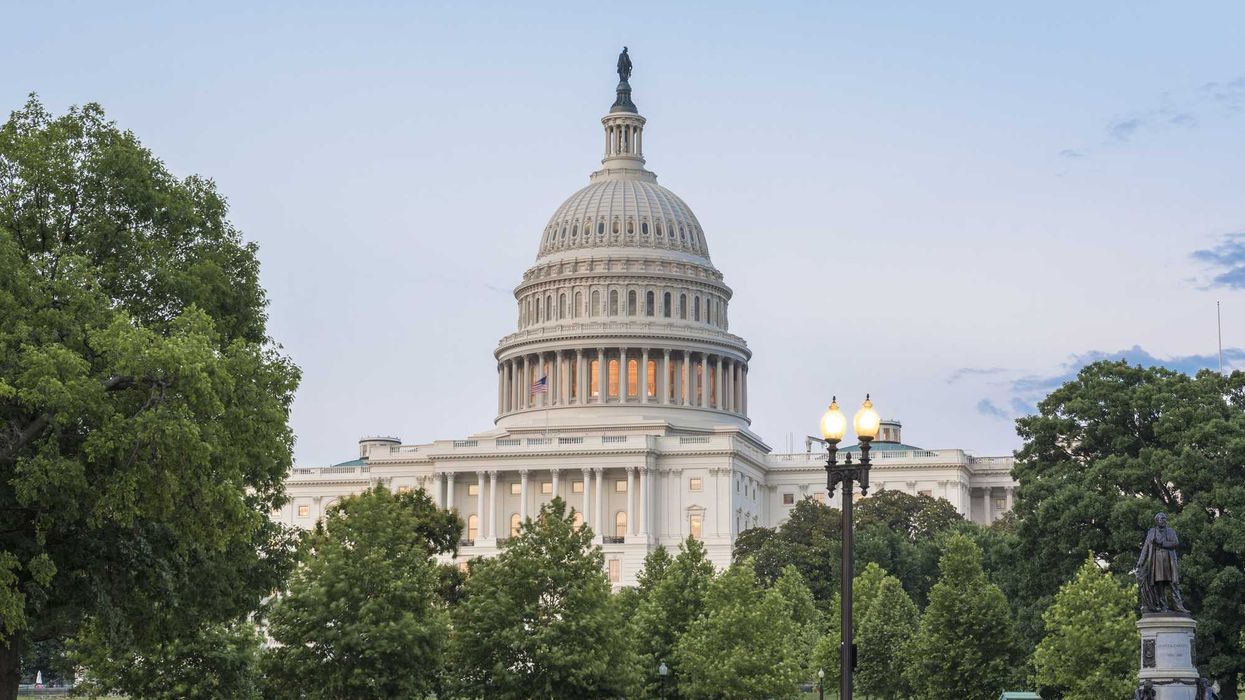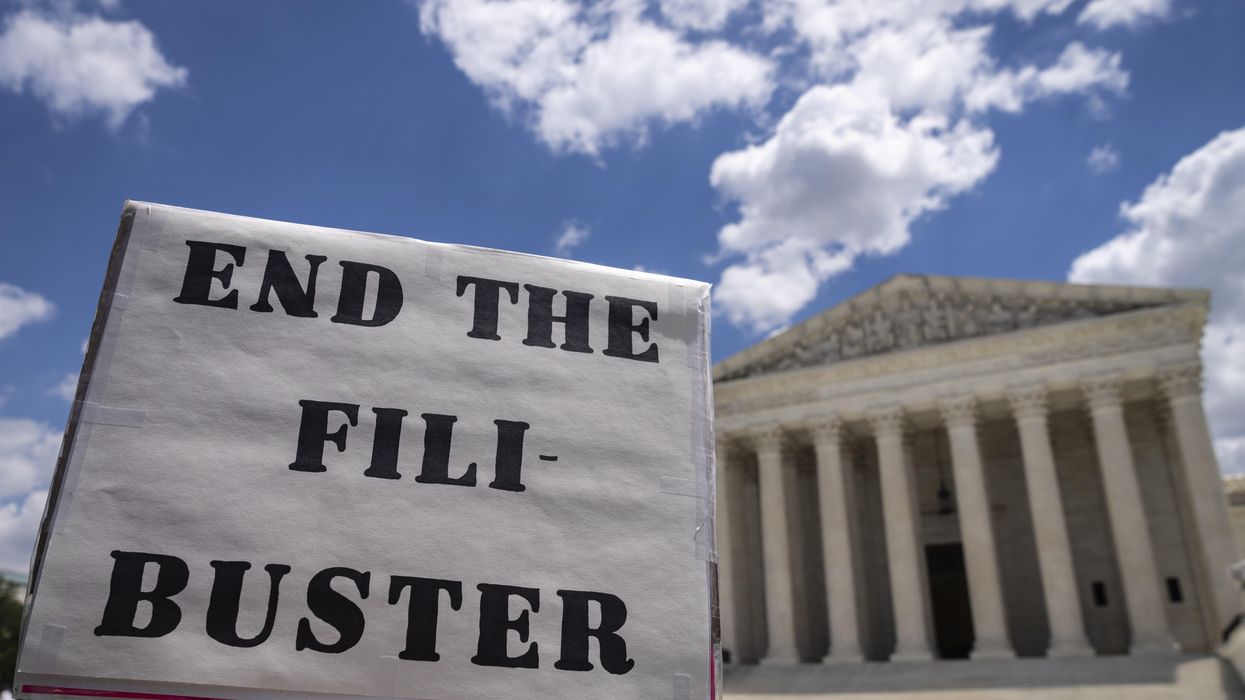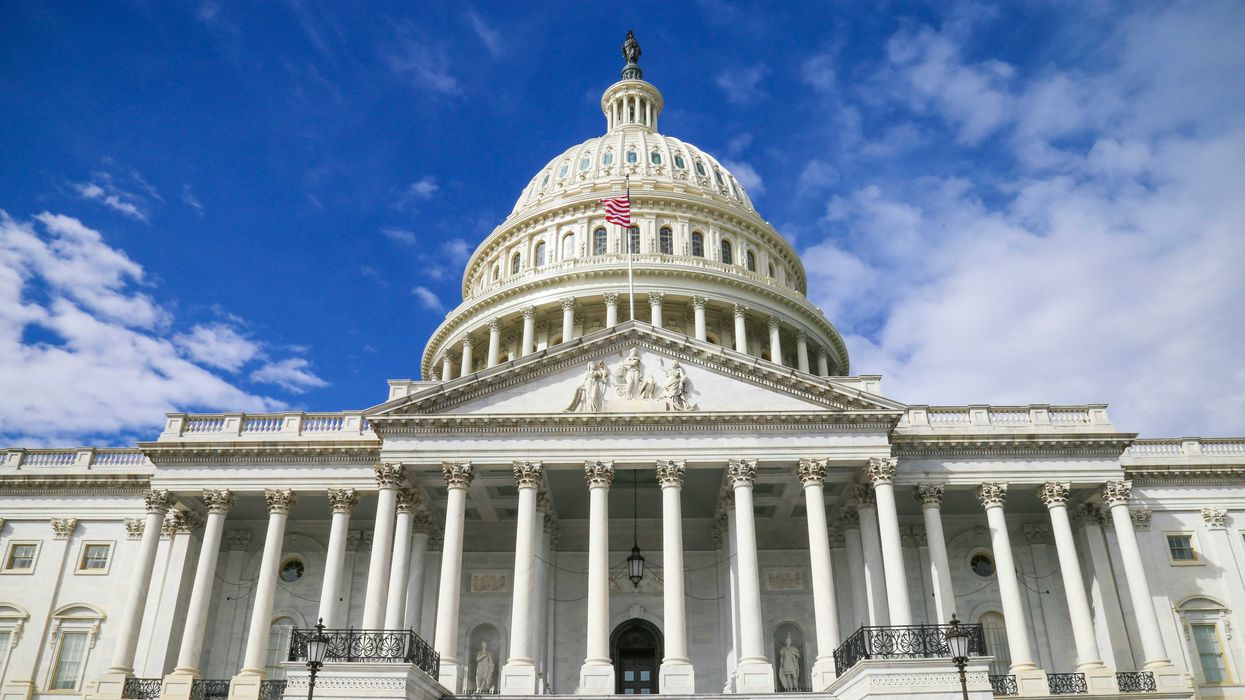Radwell is the author of “American Schism: How the Two Enlightenments Hold the Secret to Healing our Nation ” and serves on the Business Council at Business for America. This is the ninth entry in a 10-part series on the American schism in 2024.
In a previous article, I reflected on how our country’s 40-year pursuit of economic globalization has left so many Americans behind. Even worse, the leadership of both political parties has disregarded and even shown contempt for the suffering of generations of upstanding, working class Americans, leading to the cratering of trust in our democratic institutions.
So what is the solution? In my book, I outline a range of mindset and structural changes required to begin healing the American schism. On the economic front, the empirical data has proven time and again that “free market”-based economies provide (hands down) a more efficient allocation of scarce resources compared to alternatives. The market-based economic model has enabled the realization of faster aggregate human prosperity growth over the last 200 years than in the prior 2,000 years. So, on average, all inhabitants of the planet are far better off today. But indeed averages are funny things (one can drown in a lake that is on average two feet deep).
But the superiority of the market-based economic model does not imply that the government should leave the economy to itself. Over the last 100 years, economists from Hayek to Friedman and politicians from Reagan to Clinton have made this specious inference. In fact, the laissez faire version of modern day economics that has achieved cult-like status is quite a far cry from Adam’s Smith’s “invisible hand” framework. A genius of the Scottish Enlightenment, Smith demonstrated how orderly competition stimulated self-interested entrepreneurs to create win-win situations for the entire society by pursuing their own profits. In simple terms, an entrepreneur reaps profits by providing products or services that consumers value over those provided by competitors. Yet that same competition is vital since it ensures that consumers receive that value at a competitive price.
But a fundamental principle in Smith’s model says entrepreneurs need to play fairly, by a set of agreed rules. (Imagine sport games without regulations in which everyone cheated to win.) Furthermore, modern-day economists’ consensus dictates that for efficient outcomes, certain conditions must be met. In fact, the entire field of microeconomics centers around delineating these major caveats, as well as providing solutions for “market failures” that mandate correction by the state. While almost all economists agree that such market failures are plentiful, they vigorously disagree in their prescription of optimal correcting mechanisms (usually around the level of required state intervention).
So contrary to the myth that governments should leave the economy alone, in any high functioning capitalist economy the government has specific and vital roles to play to ensure the competition is fair and to promulgate correction of market failures. Most importantly, it is only with these conditions that the competition underlying the capitalist model efficiently drives innovation and creates surpluses for consumers and producers alike.
As Martin Wolf, chief economics commentator for the Financial Times, outlines in his recent book, “ The Crisis of Democratic Capitalism,” Smith’s concept was markedly different from the “rentier” capitalism that has come to dominate today’s economy. This latter type of free enterprise is hardly based on fair competition. Ironically, it depends on the precise opposite: unfairly advantaged producers raising structural obstacles to quash the very competition that benefits consumers. In Wolf’s own words, “a relatively small proportion of the population has successfully captured rents from the economy and uses the resources it has acquired to control the political and even legal systems, repressing real competition.” According to Wolf, the crisis of legitimacy within Western democratic regimes comes precisely from this lamentable situation where the rich get much richer by putting a stranglehold on the rulemaking process.
The consequences of this type of capitalism is that instead of delivering prosperity and steady progress, it precipitates soaring inequality, dead-end jobs and macroeconomic instability. The failures of our global economic framework have precipitated the erosion of social status and living conditions of large parts of the population. And as the globalization economy has left so many behind, the level of distrust and disdain among honorable working class Americans who play by the rules has skyrocketed. Wolf insists that as a society, we must acknowledge the tight linkage between our economic and political systems if our core values of freedom, democracy and the Enlightenment are to survive.
Wolf not only pinpoints the key failures in our modern capitalist economy — he offers a roadmap of concrete solutions for each.
Here are three examples of market failures prominent in today’s economy:
- Lopsided access to information. The efficient market is based on equal access to the information required for consumers to make rational decisions. An alphabet soup of regulatory bodies (e.g. FDA, FTC, SEC) exist to provide equal information access and prevent “insider trading.”
- Externalities. As I wrote in a recent article, businesses live by a simple equation: They grow profits and keep their shareholders happy by increasing the margin between revenue and costs. But what if a tangible set of their costs goes unaccounted for or is borne by society at-large (like carbon emissions)? This represents not only a moral failure of accountability, but a huge missed opportunity. If firms were required to account for these external costs, the power of the capitalist innovation engine would be unleashed to incentivize competitors to lower emissions (lower costs). The winner amongst rivals providing a good or service, ceteris paribus, would be the one with the lowest carbon emissions. With a flip of the regulatory switch, the very capitalist system impugned by so many environmentalists becomes the roadmap to a safer planet. (I concede the details are messy, but has that stopped us from tackling big problems before?)
- Adequate provision of public goods. A public good is a commodity or service that every member of society can use without reducing its availability to others. These are as diverse as infrastructure, clean air and water, parks, national security, and emergency services. My favorite example is broad access to quality public education at every level. No investment in history has ever paid larger dividends to society than a more educated population, with more productive citizens and lower safety net costs.
While seemingly contradictory, a profit-driven economic system should simultaneously provide for the public good. But absent a level playing field, if we allow dominant players to evade the costs of the externalities they produce whilst concurrently hijacking the political system’s rulemaking apparatus, the interests of the top 1 percent deviate from those of the society at large, even as the overall economy grows. Without correction and proper balance, this divergence can accelerate to a point of no return. After all, what good is achieving a rising GDP per capita while so many are drowning?



















